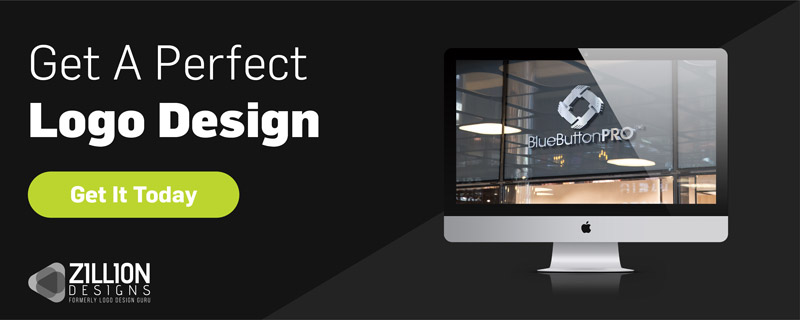2D Versus 3D Logo Designing – When To Change The Dimensions Of Design

Featured Image: Freepik.com/pikisuperstar
In case you didn’t know, in branding, there are many ways to design a logo such as wordmark, combination mark, and brand mark. You can select the most befitting type of logo to create a brand identity.
Graphic designers have been using several kinds of techniques to design logos, two of which are two-dimensional and three-dimensional tricks. This adds intrigue and depth to all the different types of logos.
Deciding which type of logo is the best fit for your brand logo, you need to consider some of these key factors.
Factors That Help Decide Whether Your Logo Should Be 2D or 3D
A logo design is a representation of your company. It is what people see first, before they get to know you up-close. Deciding whether you should design a two-dimensional logo or a three-dimensional one is vital to the success of your business, as it sets you apart from the rest and makes you a unique brand identity.
What are 2D and 3D logos?
Initially and traditionally, two-dimensional logos were a popular choice and to be honest they still are. They have a flat look and often appear cartoonish but not always. They are not as complex as a 3D logo.
On the other hand, three-dimensional logo designs are often skeuomorphic, as in they are more realistic in appearance. They are designed using highlights and shadows. They have z-axis. Designers can color 3D logos using solid hues, textures like grain or leather, and patterns.
What factors help you decide the type of logo that suits your brand?
A logo is a trademark of a company or an organization. It is the identity of the company which helps customers to identify it and differentiate it from other companies. A logo should be a symbol that represents the company’s values and culture.
The following are the factors that can help you decide the type of logo that suits your brand include:
- The target audience of your brand
- Competitor’s design for the brand
- Industry standards and trends
- Brand’s message and objective
- Brand image and positioning
Whether you choose to design a 2D or a 3D logo, your aim should be to create a logo design that is easy to recognize. Most famous brands know that it is better to have a simpler and impactful logo rather than a complex logo that will be difficult to reproduce.

Image Source: underconsideration.com

Image Source: underconsideration.com
Nevertheless, “simplifying” a logo does not mean the design loses its character.
2D versus 3D Logo Designing
Here are some other things to consider when designing a logo for your brand.
SHAPE
2D logo design: The shape is flat with only a vertical and horizontal axis. This means these shapes only have a width and length. They don’t have any height or thickness.

Image Source: underconsideration.com
3D logo design: The shape is three-dimensional, which means it has a width, length, and height. It has a thickness and a depth.

Image Source: dribbble/Milon Ahmed
TEXTURE
2D logo design: a two-dimensional logo can have any type of texture, and that also easily.
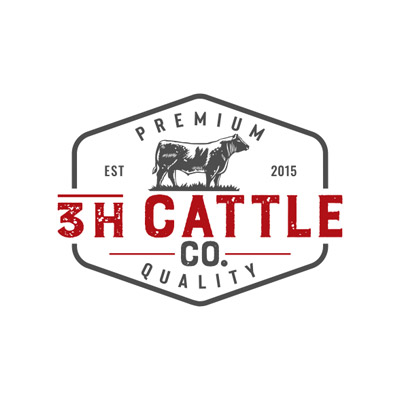
Image Source: ZillionDesigns
3D logo design: 3D logos can have textures, but designers must ensure they sit well on the shape. The texture should follow the direction of the object.
EFFECTS
2D logo design: The effect on 2D logos can be an outline, a shadow, or anything that may or may not give an illusion of depth.

Image Source: ZillionDesigns
3D logo design: The effects on 3D logos need to as such that they maintain the three-dimensional appeal, such as reflections and flares.

Image Source: dribbble/Aceo
COLOR
2D logo design: The shape can have any colors of any style, from light tones to darker shades and even gradients.

Image Source: behance/asrafuluix
3D logo design: The 3D shape looks realistic if a gradient is applied rather than flat colors.

Image Source: behance/elvien daru
DESIGNING
2D logo design: Two-dimensional logos are easy to make since they can be made on any software using shapes and the pen tool.
3D logo design: Three-dimensional logos need specific design programs or software features to design them.
ANIMATION
2D logo design: Two-dimensional logos can easily be deconstructed and constructed into moving shapes.
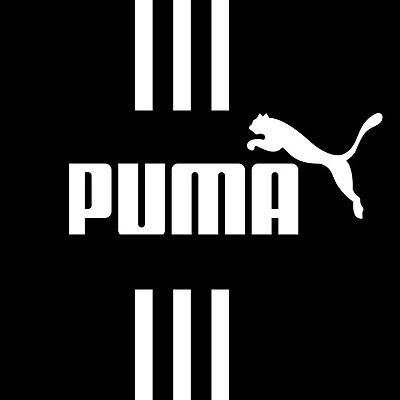
Image Source: behance/Oktay Jafar
3D logo design: Three-dimensional logos have more than two dimensions to take care of, requiring meticulous effort to be animated.
Image Source: dribbble/Constantin Calcatinge
COMPOSITION
2D logo design: The two-dimensional design process involves various elements like shapes, lines, and colors.

Image Source: ZillionDesigns
3D logo design: Three-dimensional logo design process involves different elements forming a single entity.
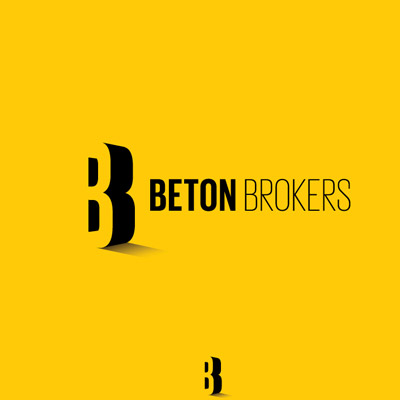
Image Source: ZillionDesigns
SHELF-LIFE
2D logo design: 2D logos are more popular because they are cheaper to produce and easier to maintain.
3D logo design: 3D logos can be expensive and time-consuming, but if made right, they can be memorable.
2D & 3D Logo Inspirations
Let’s try to differentiate between 2D and 3D logo designs so that when you design a logo for your brand, you know which kind of logo will work best.
2D LOGOS
Two-dimensional logo designs can be of many types. They can be of one color or multicolor. They can have patterns, textures, and effects. They can appear like real objects but without depth. They can also be flat or have layers. Let’s check them out.
- 2D logos can be text-based
- 2D logos can have a gradient
- 2D logos can have many angles
- 2D logos can be minimal
- 2D can be detailed and elaborate

Image Source: ZillionDesigns

Image Source: ZillionDesigns

Image Source: ZillionDesigns

Image Source: ZillionDesigns

Image Source: ZillionDesigns

Image Source: ZillionDesigns
3D LOGOS
Three-dimensional logos need to have depth. Examples of 3D shapes include cubes, cylinders, spheres, and cones. These shapes have a thickness. Such logos can be geometric or abstract.
- 3D logos need to be simple
- 3D logos can be more realistic
- 3D logos can be geometric
- 3D logos can also be abstract
- 3D logos can extrude and bevel

Image Source: behance/Sanjida Nipu
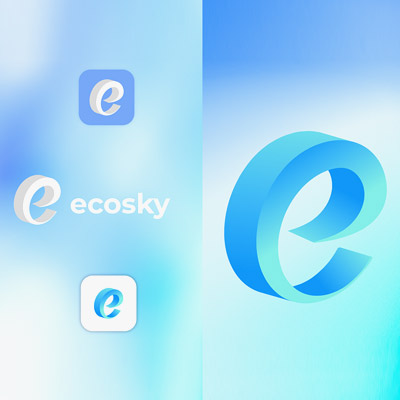
Image Source: behance/Creative sonatan

Image Source: behance/webshocker

Image Source: behance/Mohsin Kabir Rony

Image Source: behance/Md Faisal
Image Source: dribbble/Vedant Hegde
When designing a logo though, make sure that it is custom. It should be unique and relevant to your brand’s message. If you are in a dilemma about which type of logo will suit your overall brand identity, just jot down all the things you want your logo to do for you.
Remember that designing a logo is a process. So once you know the kind of logo you want, get a professional to design your perfect logo.
